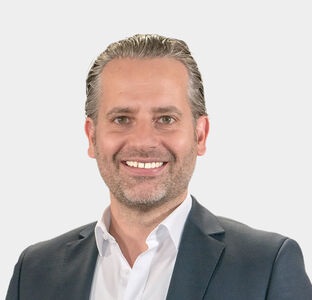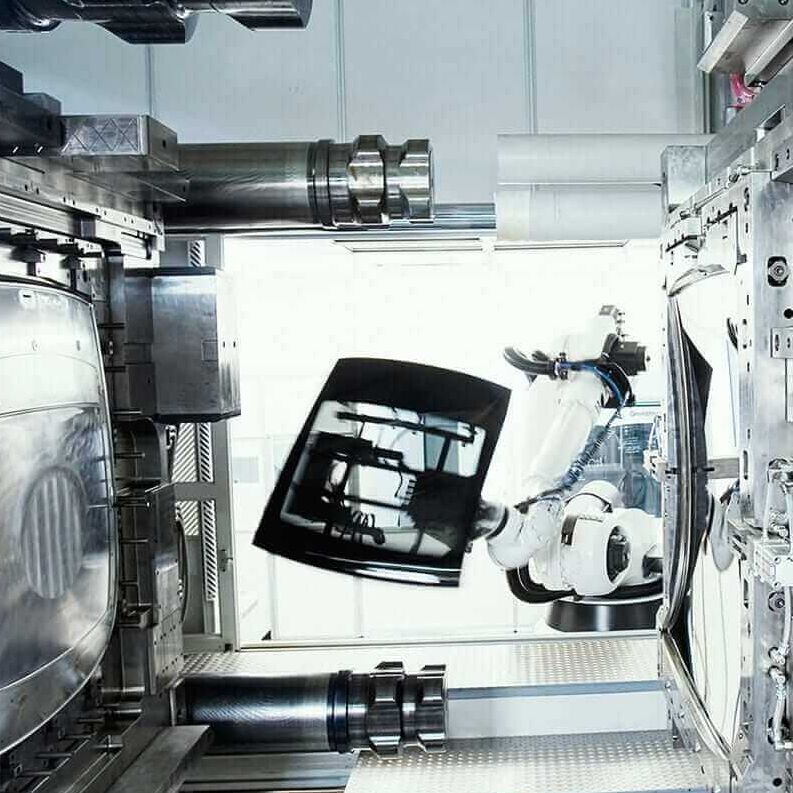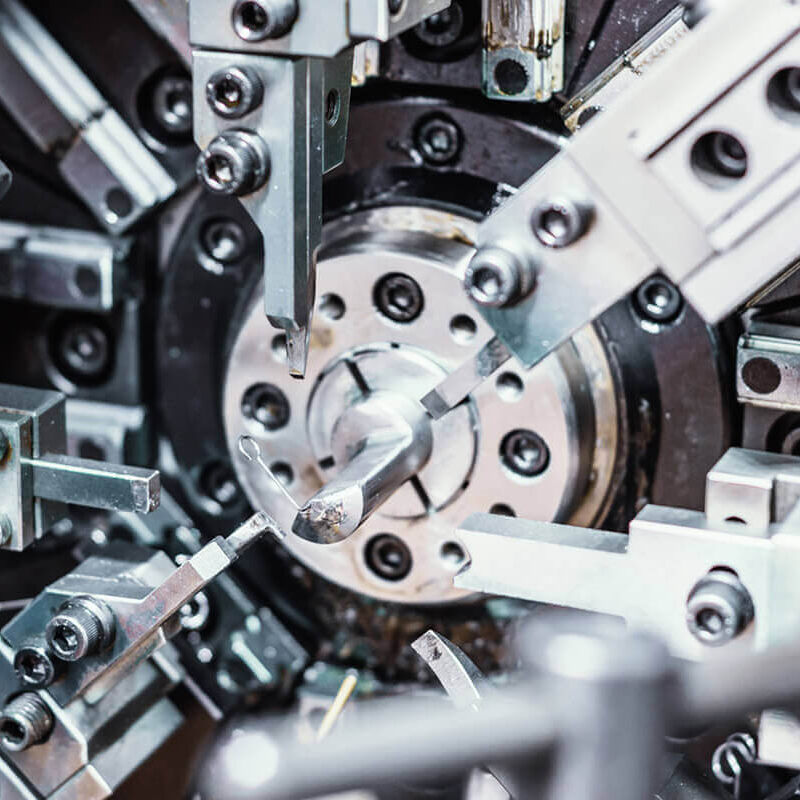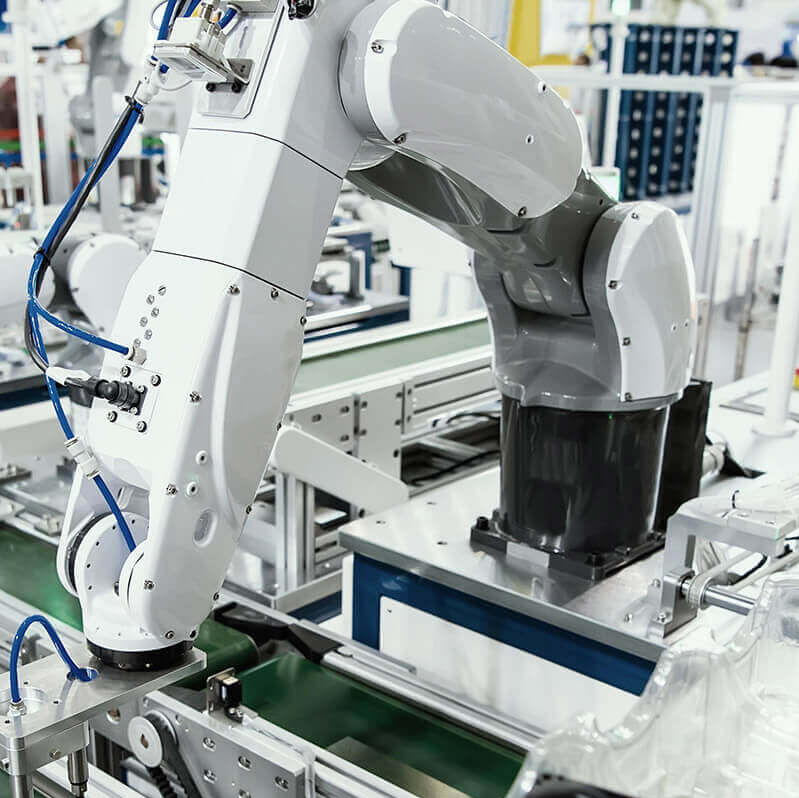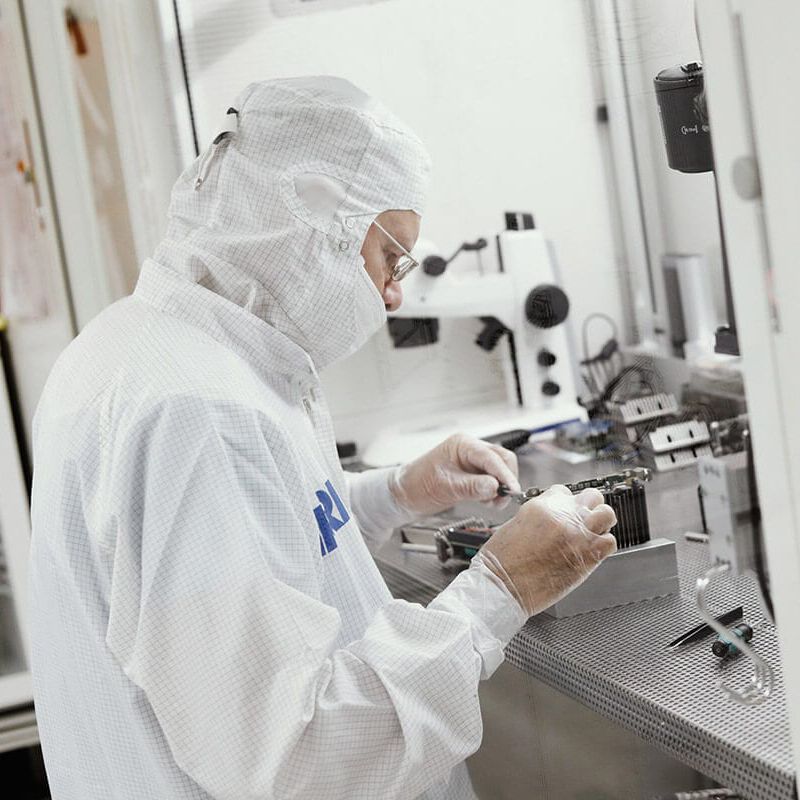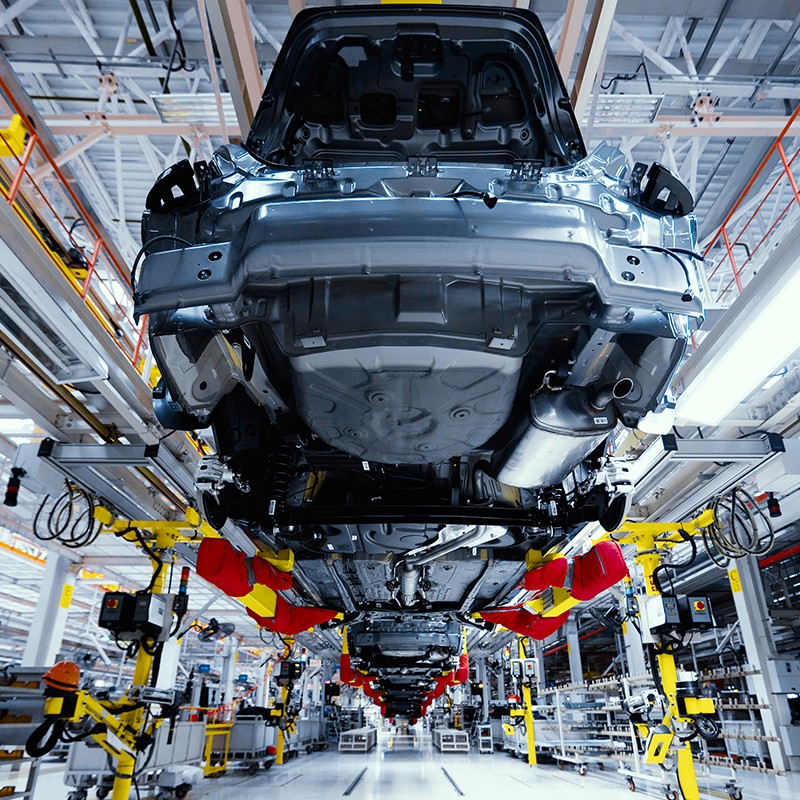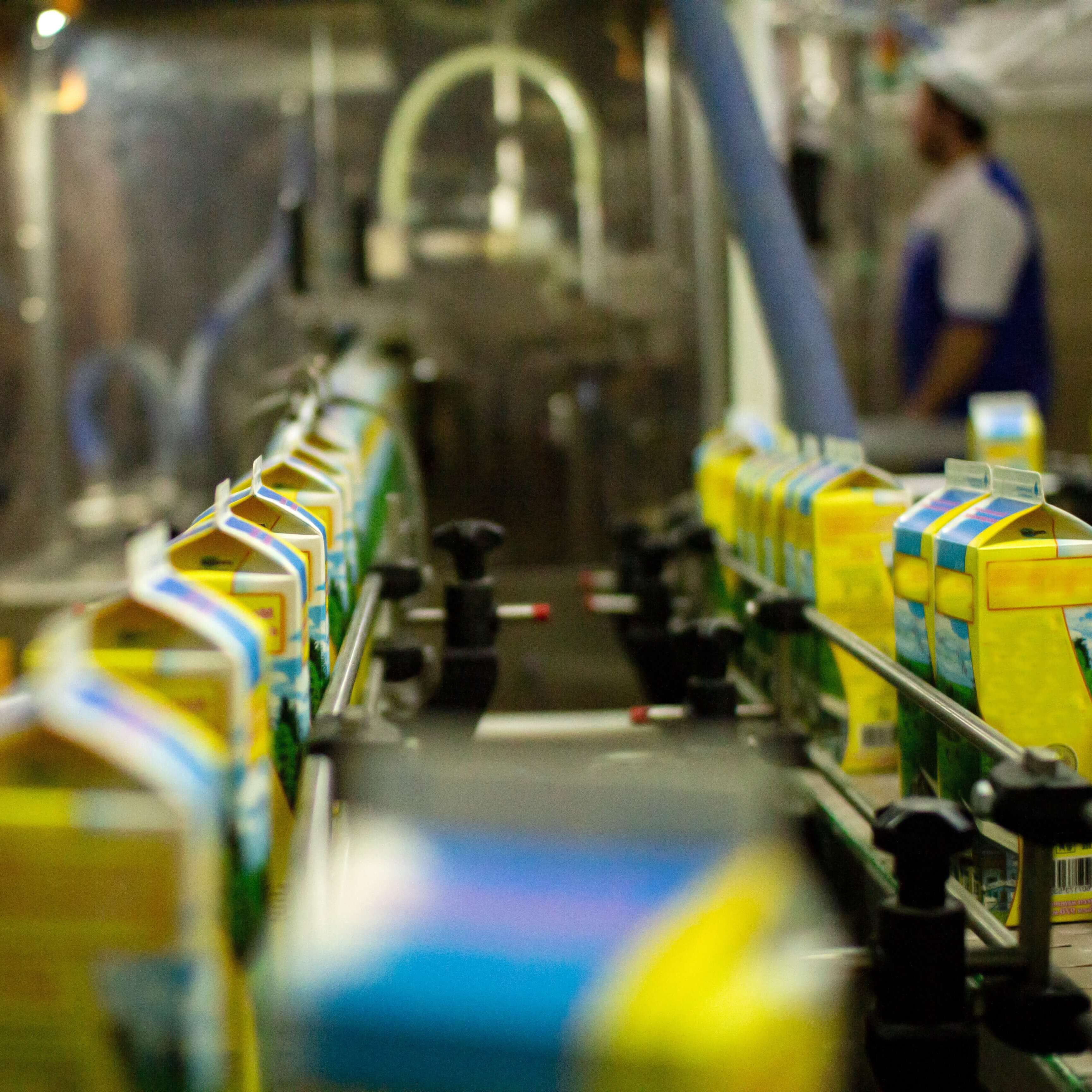TOTAL PRODUCTIVE MAINTENANCE (TPM) AND OVERALL EQUIPMENT EFFECTIVENESS (OEE)
A high degree of automation, increasing robotization, intensive networking of production and logistics in combination with the implementation of LEAN principles are the supporting pillars of efficiency and competitiveness in the manufacturing industry.
As a rule, these principles are accompanied by the deliberate avoidance of buffers: any failure and under-utilisation of machines and plants can affect the entire value-added process and jeopardise the company's objectives.
Therefore, in the context of Industry 4.0 and Smart Factory, the importance of effective and anticipatory maintenance, asset and capacity management is increasing. Central elements here are ensuring the reliability, availability and process stability of plants and technical infrastructure with optimal maintenance costs and high transparency of capacity utilization.
Meeting these requirements is the goal of Total Productive Maintenance (TPM). The guiding vision of TPM is an integrated and cross-divisional asset management that is aimed at continuously improving the productivity and quality of operational production processes. The key performance indicator is the Overall Equipment Effectiveness (OEE).
The OEE is composed of the factors availability, performance and quality and thus makes both the decisive sources of loss transparent and a targeted control of the optimization levers possible.
The optimization of OEE is not a self-runner, but, like every improvement, only succeeds through a controlled process with the following elements:
- Development of a system for OEE controlling and deviation management, including uniform OEE definition and targets at line level
- Definition of the roles of managers at all levels
- Definition of clear responsibilities between production and maintenance including information and communication rules
- Development of methodological competence for managing OEE and problem solving
- Integration of the OEE management into the shop floor management
- Creation of the technical prerequisites for recording losses in availability, performance and quality
- Complementing traditional TPM principles with approaches to Smart and Predictive Maintenance, e.g. sensors for machine monitoring, condition monitoring, transmission and visualization of real-time deviation data
EFESO supports manufacturing companies in the definition and implementation of a consistent TPM strategy, continuous OEE increase and the implementation of Maintenance Excellence.
The project starts with the ROI-OEE and Maintenance Quick Scan. Reflected in benchmarks and best practices from a large number of implementation projects, a strength-weakness profile of the current performance, processes, organization and cost structures is created.
On this basis, improvement potentials in terms of availability, OEE, maintenance effectiveness and efficiency are defined and developed into a target system with action priorities for the implementation phase.
The framework for this is provided by EFESO's consultants own developed program Maintenance Excellence (RME- ROI Maintenance Excellence), which comprises the following modules:
- Definition of maintenance strategy and methods (autonomous, reactive, preventive, condition-based, predictive)
- Best practice processes, organization and management systems
- Training, qualification of all participants in production, maintenance and support functions
- Introduction of key figures and target systems for controlling and management of OEE, maintenance efficiency and effectiveness
- Establishment of IT support and implementation of industry 4.0 systems for data collection and analysis for predictive maintenance, mobile operator support and life cycle costing,
- Definition of spare parts stocking strategies
- Targeted in- and outsourcing and contractor management
- Maintenance-compliant design of the plant and machinery
Successful projects in the outlined environment are characterized by availability and OEE improvements of 10 to 40% as well as a reduction of controllable costs between 15 and 30%. These effects reduce investment and capital commitment and make a significant contribution to reducing manufacturing costs.



